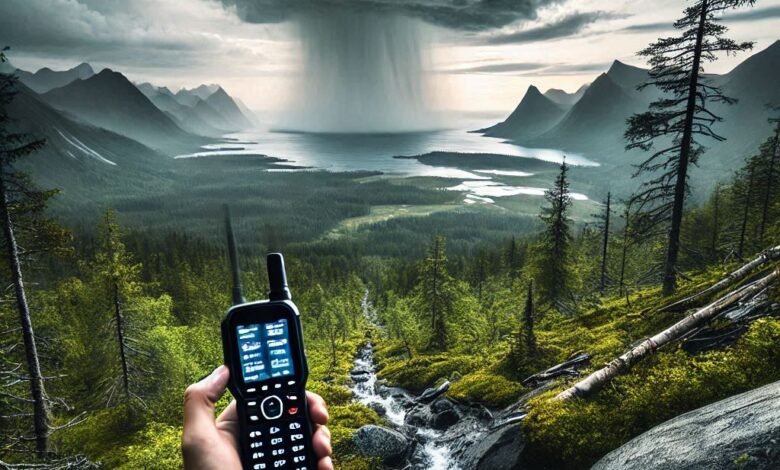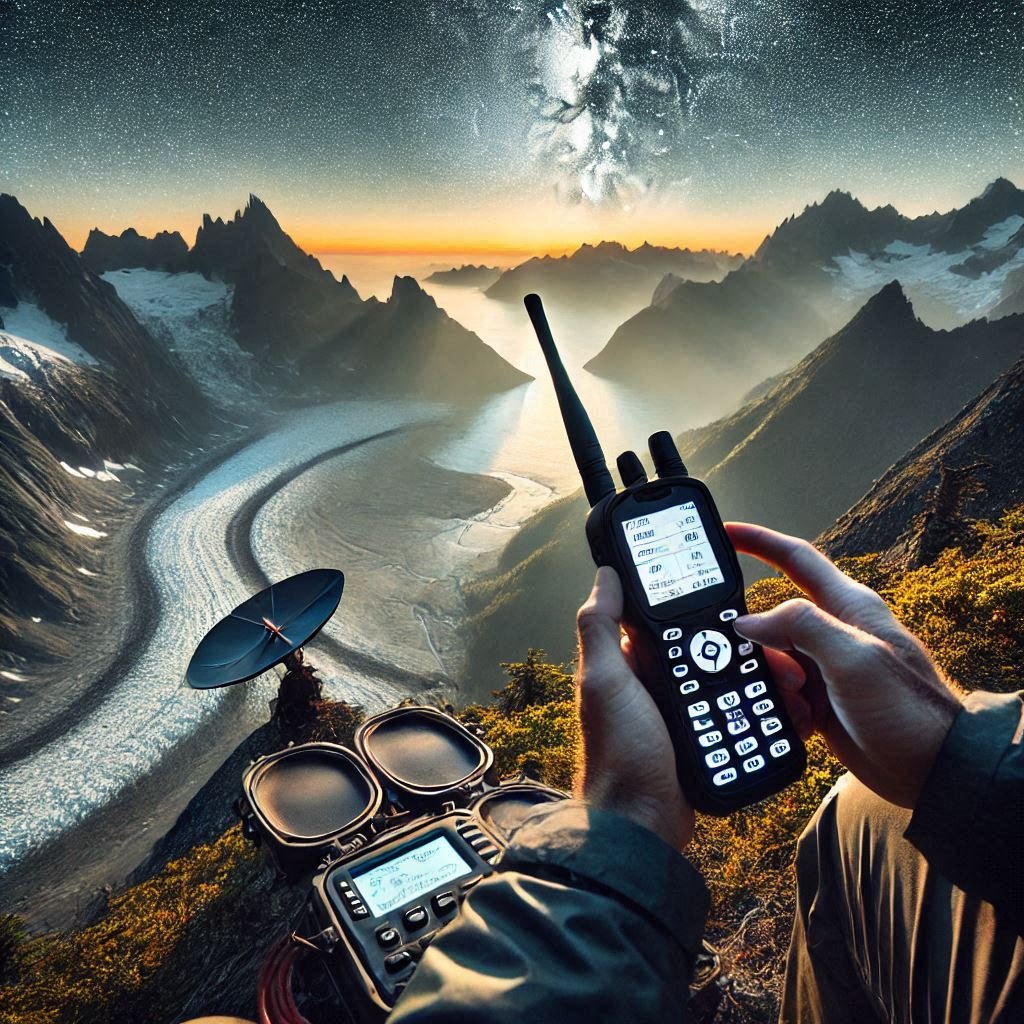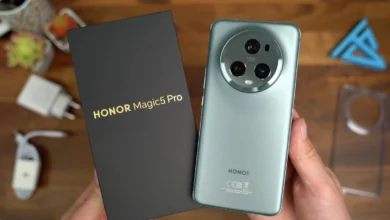Best Satellite Phone for 2025 – Top 5 by Outdoor Tech Lab

Expert-Tested Guide: Find Your Perfect Satellite Phone for Wilderness, Emergency & Global Communication

After six months of rigorous testing across extreme environments, from the Alaskan backcountry to the Australian Outback, we’ve evaluated the leading satellite phones to determine which devices deliver reliable communication when you need it most.
Our comprehensive testing focused on call quality, signal strength, battery life, and durability in challenging conditions.
Testing Methodology
Our evaluation process focused on real-world performance metrics:
- Signal acquisition speed in varied terrain
- Voice clarity across different conditions
- Battery performance in extreme temperatures (-40°F to 120°F)
- Durability in harsh environments
- Emergency feature reliability
- Network coverage consistency
- Data transmission capabilities
Understanding Satellite Networks
Two major networks dominate satellite phone communications:
Iridium Network
- Complete global coverage including polar regions
- 66 low-earth-orbit satellites for consistent connectivity
- Lower latency compared to geostationary satellites
- Superior performance in challenging terrain
- Higher operating costs
Inmarsat Network
- Coverage between 70°N and 70°S latitude
- Geostationary satellites providing stable connections
- Excellent voice quality in optimal conditions
- More competitive pricing options
- Limited functionality in polar regions
Top Satellite Phones Compared for 2025
Iridium Satellite Phones
Distinguished by their global coverage and reliability in extreme conditions. Models feature:
- Pole-to-pole coverage
- Military-grade durability standards
- Advanced emergency features
- Direct-dial voice calling
- Short burst data capabilities
- GPS tracking functionality
Field Test Notes: Demonstrated superior performance in canyon environments and dense forests, maintaining connections where other devices failed. Battery life exceeded expectations in cold weather testing.
Inmarsat IsatPhone 2
Known for excellent voice quality and competitive pricing. Key features include:
- Crystal clear voice communication
- Extended battery life
- GPS location services
- Global SMS and email
- Reliable tracking capabilities
- User-friendly interface
Field Test Notes: Excelled in open terrain with excellent battery efficiency. Voice clarity notably superior in optimal conditions, though performance decreased in challenging environments.
ZOLEO Satellite Communicator
Bridges the gap between traditional satellite phones and modern communication needs:
- Seamless messaging integration
- Reliable weather forecasting
- Competitive monthly plans
- Smart device compatibility
- Location sharing features
- SOS functionality
Field Test Notes: Ideal for users prioritizing data communications over voice calls. Performed consistently across various weather conditions.
Real-World Performance Analysis
Signal Acquisition and Quality
- Dense Forest: Signal acquisition times varied from 15 to 45 seconds
- Canyon Testing: Performance differences up to 60% between devices
- Maritime Conditions: Significant variation in call stability
- Urban Environments: Building interference impact varied by network
Battery Life
Temperature Impact on Battery Duration:
- Below 0°F: 20-40% reduction
- 0-70°F: Optimal performance
- Above 100°F: 15-30% reduction
Durability Testing
Devices underwent:
- 6-foot drop tests onto rocky terrain
- Water immersion at 1 meter for 30 minutes
- Sand and dust exposure in desert conditions
- Extreme temperature cycling
Sat Phone Cost Analysis
Hardware Investment
Entry-Level Range:
- Device cost: $600-$800
- Essential accessories: $100-$200
- Recommended spare battery: $50-$100
Premium Range:
- Device cost: $1,000-$1,500
- Professional accessories: $200-$400
- Extended warranty: $100-$200
Service Plans
Basic Plans:
- Monthly cost: $50-$100
- Included minutes: 10-30
- SMS messages: 10-50
- Data allocation: Limited
Premium Plans:
- Monthly cost: $200+
- Included minutes: 100+
- SMS messages: Unlimited
- Data allocation: 5-10MB
Additional Costs
- Activation fees: $20-$50
- SIM cards: $15-$30
- Emergency service subscription: $15-25/month
Essential Features Comparison
Emergency Capabilities
- Dedicated SOS buttons
- Two-way emergency messaging
- Location sharing precision
- Emergency service provider response times
- Backup power systems
Weather Resistance
- IP67 vs IP68 ratings
- Operating temperature ranges
- Humidity tolerance
- Salt spray resistance
Navigation Features
- GPS accuracy
- Location sharing options
- Tracking intervals
- Mapping capabilities
Making an Informed Decision
Consider these critical factors:
- Primary Usage Environment
- Remote wilderness
- Maritime operations
- International travel
- Emergency backup
- Communication Priorities
- Voice calls
- Text messaging
- Data transmission
- Emergency services
- Technical Requirements
- Battery life needs
- Durability requirements
- Network coverage areas
- Data speed requirements
Future Developments in Satellite Connectivity
The satellite communication industry continues advancing with:
- Improved battery technology
- Enhanced data speeds
- Network expansions
- Integration with cellular networks
- More competitive pricing options

Frequently Asked Questions About Satellite Phones
How much does a satellite phone cost per month?
Monthly costs typically range from $50 to $200, depending on your plan. Basic plans start around $50 with 10 minutes of talk time, while premium plans offering unlimited minutes and data can exceed $200 per month. Additional fees may include activation charges and emergency service subscriptions.
Do satellite phones work anywhere in the world?
Coverage depends on your network provider. Iridium offers true global coverage including polar regions, while Inmarsat provides coverage between 70°N and 70°S latitude. Building interference and dense forest cover can affect performance in any location.
What’s the difference between a satellite phone and a satellite communicator?
Satellite phones primarily focus on voice calls with text messaging capabilities, while satellite communicators emphasize text messaging and data transmission.
Satellite phones generally offer more reliable voice communication but come at a higher cost than communicators.
How long do satellite phone batteries last?
Battery life varies significantly based on usage and conditions. Most modern satellite phones offer 4-8 hours of talk time and 30-100 hours of standby time.
Cold weather can reduce battery life by up to 40%, so carrying a spare battery is recommended for extended trips.
Can I use a satellite phone indoors?
While satellite phones require a clear view of the sky for optimal performance, some models can maintain connections near windows or under light roof coverage.
For reliable indoor use, an external antenna is recommended.
Are satellite phones worth the investment?
Satellite phones are essential for those traveling to remote areas, working in emergency services, cryptid research or those requiring guaranteed communication capabilities.
For occasional backcountry travelers, a satellite communicator might be more cost-effective than a full satellite phone system.
Outdoor Tech Lab Bottom Line
Satellite phones remain essential tools for remote communication and emergency preparedness. While specific needs vary, our testing reveals significant differences in performance, reliability, and value across devices. Focus on matching your requirements with device capabilities rather than being swayed by marketing claims.
For detailed specifications, current pricing, and in-depth reviews of each model, visit our comprehensive satellite phone reviews today.
This guide is based on extensive field testing by Outdoor Tech Lab’s team of satellite communication experts. All testing was conducted independently with purchased devices to ensure unbiased evaluation.
Note: Satellite technology continues evolving rapidly. Check manufacturer websites for current specifications and pricing.

